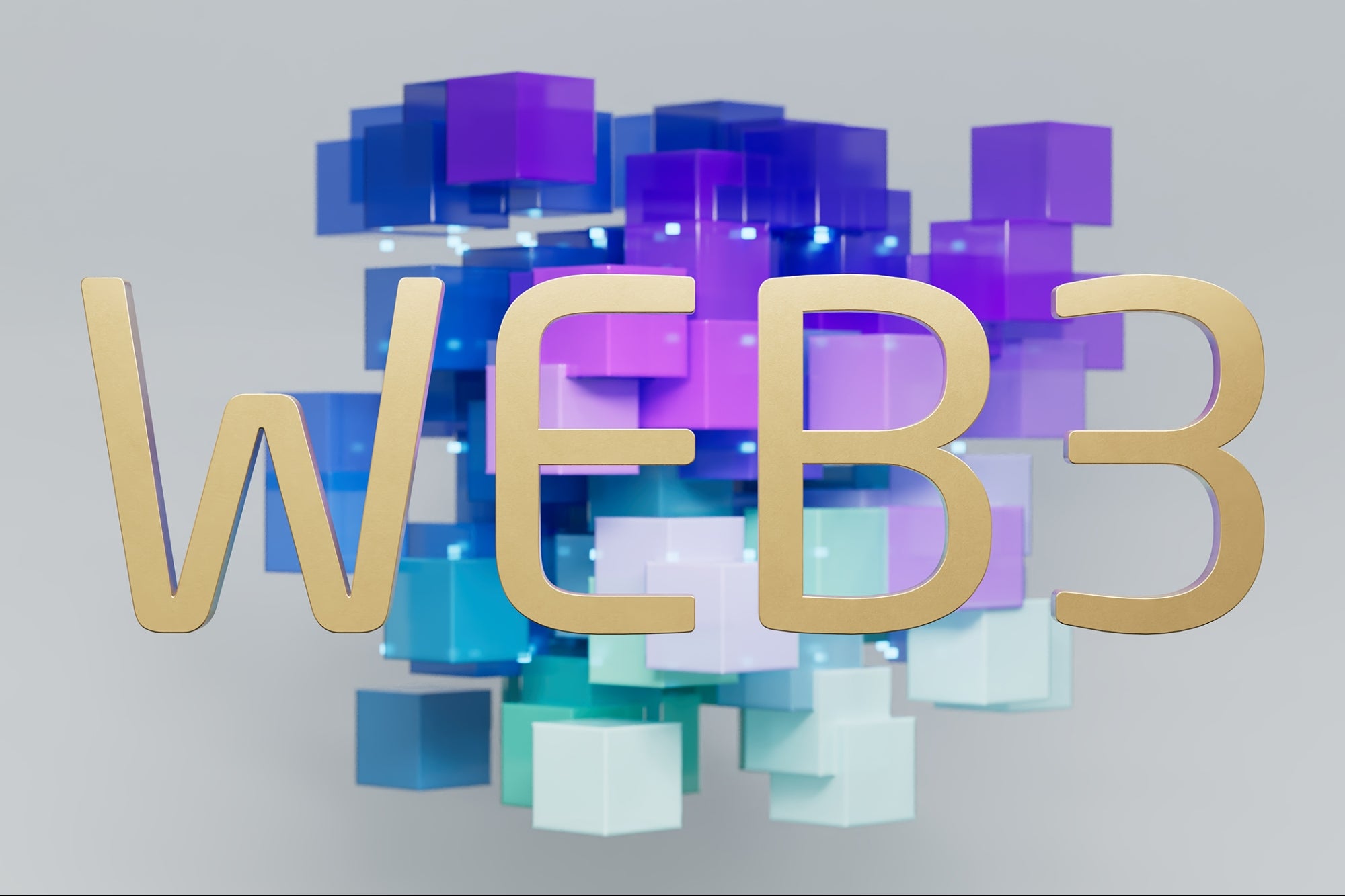Opinions expressed by Entrepreneur contributors are their own.
After years of serving as a hotspot for early technology adopters and innovators, Web3 is finally receiving the attention it deserves. From Big Tech to traditional enterprises and even government institutions, the advancement of blockchain technology is undeniable.
While this innovation remains complex, blockchain has shown that it can serve as highly secure, transparent and reliable infrastructure for countless applications. For example, as the U.S. Air Force works on tokenizing components of its supply chain and budget, FIFA even released an exclusive NFT series during its 2022 World Cup.
However, as a growing number of traditional organizations line up to explore Web3, it’s clear the transition isn’t always easy. Efforts to track groceries using blockchain have progressed more slowly than expected, while others have given up due to the high costs associated with developing blockchain applications from scratch.
Despite these setbacks, it’s important to note that organizations can mitigate the risks of experimenting with Web3 by structuring plans around a few core considerations.
Related: Web 3.0 Is Coming, and Here’s What That Really Means for You
Selecting the right strategy
Blockchain has numerous applications that help optimize workflows and visibility across trustless systems. Companies can leverage blockchain to improve internal processes, such as budgeting, supply chain management, manufacturing and auditing — or they can utilize the technology to communicate with consumers and build a fanbase. These processes often require enterprise-grade solutions and thus are usually separated from public use of blockchain.
Getting started with blockchain isn’t always easy, requiring several critical decisions before development can begin. For example, companies must think about which specific use cases blockchain can offer to their organization, what data privacy and protection requirements they need to consider (which can help determine whether a public or private blockchain is necessary), what data needs to be stored on chain, as well as their current cloud and node infrastructure, among other decisions. These considerations must also include how to scale or adapt, accommodating an organization’s future needs.
Not all infrastructures are equal
Previously, most Web3 applications were built on Ethereum, the world’s first smart contract platform. But this dynamic has changed dramatically since 2017, with an abundance of options emerging that allow organizations to successfully connect to the new internet era.
With access to multiple options, choosing the right infrastructure is critical to ensuring compatibility with current systems and regulations, as well as future endeavors. Fortunately, unlike a few years ago, organizations can now select a protocol that perfectly fits their needs.
For example, decision-makers can choose between public, private and even hybrid blockchains. Public blockchains, such as Ethereum, commonly feature high transaction volumes, are used by a huge variety of projects and are popular amongst consumers. On the flip side, they’re often quite expensive to use and lack privacy. As a result, public blockchains are best suited to consumer-focused projects like NFT markets and gaming.
Private or permissioned blockchains, like Hyperledger Besu, perform as closed databases, allowing only select members to create and view transactions, smart contracts and nodes. These systems are best for internal applications or pilot projects.
Hybrid blockchains, on the other hand, provide the best of both worlds. Polygon, for instance, is a relatively inexpensive public blockchain platform that integrates with Ethereum at significantly reduced fees, while also providing access to private environments via Polygon Edge.
Another option is to choose a solution that simplifies building with blockchain by delivering exclusive tools, templates and sandboxes to build enterprise-grade blockchain applications. SIMBA Chain, for example, auto-generates APIs that support private, public or hybrid deployments. The powerful platform also supports a structured data feature that generates valuable business intelligence insights while allowing organizations to migrate between supported blockchain protocols with ease.
Perhaps most importantly, these platforms can significantly cut developing costs, shorten timelines and utilize proven infrastructure, ensuring a high level of reliability and security.
Related: Web3.0: The Next Big Thing?
The path to Web3 success
Web3 has the potential to significantly improve key processes in many organizations, but it’s also clear that not every enterprise has the technical resources and talent to make an ambitious project successful.
When Meta (then Facebook) announced its plan for a digital currency called Libra, the company went from having no blockchain connection to launching its own cryptocurrency. Although hundreds of organizations have launched their own cryptocurrencies over the years, it appears Facebook’s initiative failed to receive the time, resources and preparation it needed to thrive. As an unnamed government official told Financial Times, the company “spent years trying to reverse engineer their project to fix all of its faults. But they could never fix being linked to Facebook. It was their original sin.”
In comparison to such ill-fated projects, the U.S. government has been successfully expanding its blockchain applications across the Department of Defense (DoD). One of the U.S. Air Force’s (USAF’s) ventures into blockchain started with a Small Business Innovation Research (SBIR) contract in 2021, which tasked SIMBA Chain with developing a Web3 solution to manufacture, test and deploy 3-D printed replacement parts for aircraft and other weaponry on the battlefield. Following this successful implementation, the USAF has slowly expanded its blockchain projects in conjunction with other U.S. agencies, such as the U.S. Space Force.
One step at a time
Given the challenges associated with Web3 development, it’s critical that organizations and governments take the time to learn blockchain fundamentals and weigh the opportunities and costs of each initiative. This practice is particularly important for large enterprises that already have well-oiled operations and those that deal with considerable public interest.
Taking a step back to thoroughly consider specific solutions and their requirements, leveraging the right technology solutions to simplify the building process and relying on experts to help complete the job, are the three core pillars of virtually every successful blockchain project — and thus the key to rewarding investments and a solid reputation.
Related: The Ultimate Guide to Navigating Web3 for Non-Tech Founders














